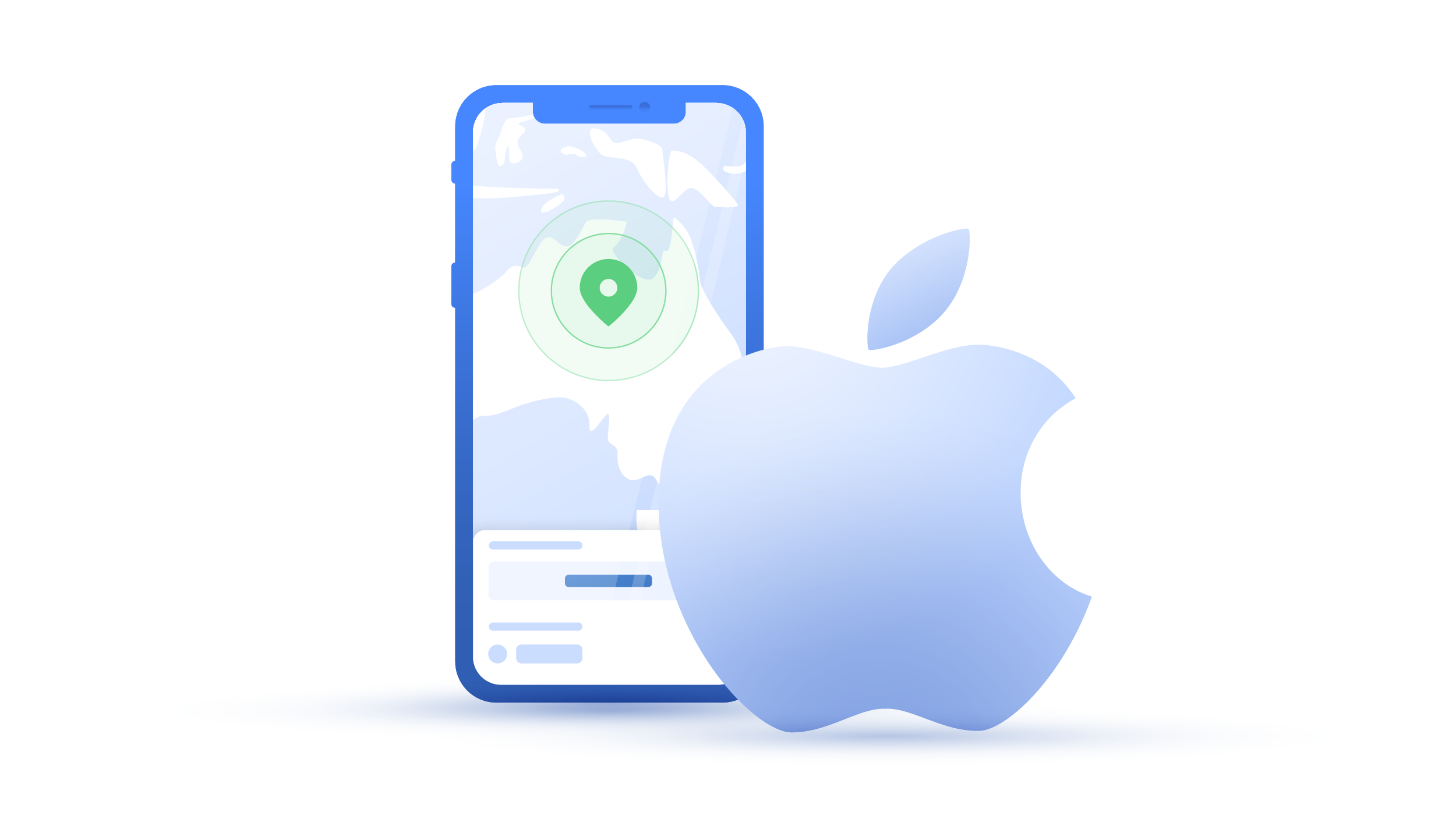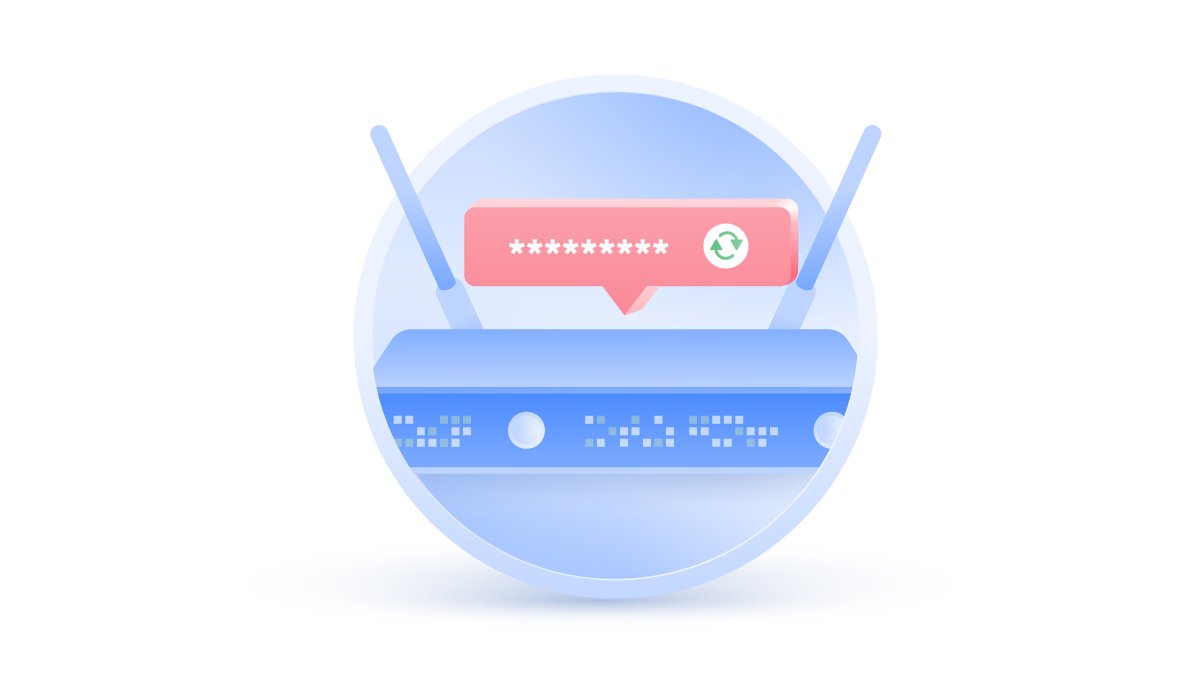What are bots?
Bots make up a huge amount of traffic and activity on the internet. They can perform various automated tasks without human intervention, such as customer services or website indexing. However, some bots are harmful and can infect your device with malware.
Carlos Martinez
Oct 18, 2021 · 5 min read

How do bots work?
A bot (short for “robot”) is a computer program designed to perform all kinds of repetitive tasks. You may have noticed that some websites contain chat boxes where you can type a question and get an immediate answer. If you have ever used such a chat, you had an encounter with a bot.
Bots can be used with both good and bad intentions. Good bots help to improve user experience and precisely follow the rules created by a webmaster. However, on the other side of the scale, there are bad bots. Those are often created by hackers and can deliver malware, steal sensitive information, and even add an infected computer to a botnet.

Types of good bots
There are different types of good bots depending on the goal developers are trying to achieve. Let’s discuss the most common ones.
Search engine bots (also called “web crawlers” or “spiders”). These bots crawl the web and index websites on search engines like Google, Yahoo, or Bing.
Chatbots. Banks, online retailers, and many websites use chatbots to simulate human conversation over voice or text messages and provide customer support.
Monitoring bots. As the name suggests, monitoring bots are used to check your website’s performance and report if any problems occur.
Personal assistant bots. While Siri and Alexa are much more advanced than regular bots, they operate by the same principles.
Marketing bots. Various marketing companies use bots to track ads, monitor customer reviews, inspect trending keywords, and more. There are dozens of different online tools that help businesses to measure all kinds of metrics and grow their revenue.
Aggregator bots. These bots collect information from various websites and then add it to the platform's news feed or deliver it directly to users. For example, many media outlets allow you to subscribe to their newsletter and then receive a daily portion of selected articles.
Types of bad bots
Bad bots have malicious intentions and do harm for the benefit of criminals.
Spam bots. These bots create fake user accounts, scrape contact information, and spread spam across the internet. They can send spam emails or post messages on various forums or social media platforms. Spam bots are used for anything from advertising certain products to spreading malware.
Web scraping bots. A website scraper bot can download the whole content of a targeted website and then republish it somewhere else. This not only violates copyright laws but can damage the website’s reputation and even cause indexing problems on Google.
Credential stuffing bots. Credential stuffing bots take leaked passwords and check if they fit any major services such as Netflix, Spotify, Facebook, or Amazon. This way, they can hijack more accounts and then sell them online.
DDoS bots. When a hacker infects a huge amount of devices with malware, they can be turned into “zombies” and used in DDoS attacks. DDoS bots spread malware to other devices to form a botnet, which is a collection of bots. The more bots a hacker has, the more powerful the attack can be.
Ad fraud bots. Criminals can train bots to click on ads to generate revenue. Let’s say an affiliate posts your ad on their website and charges you money based on the amount of clicks that ad receives. However, these numbers can be easily manipulated with ad fraud bots.
Are internet bots illegal?
Internet bots are legal as long as they are not performing any malicious activities. A bot by itself is just a computer program that can be used in a variety of ways. Using bots for infecting other people’s devices with malware, stealing users’ credentials, and violating copyright laws is definitely illegal. Bots that help you to interact with your customers or index websites on Google don’t violate any laws and are legal to use.
How can you tell if someone is a bot?
Bots are getting more and more sophisticated, so it can be hard to tell if you’re talking with a real person or a computer program. Estimates say there might be around 20-50 million fake accounts on Twitter alone. However, the real numbers might be even higher. This also causes social media privacy issues, as bots can steal your credentials and use your account to spread their agenda further. Here are a few ideas on how to identify a bot:
- Check the profile. Suspicious links, stock photos, and lack of basic information might indicate that the profile belongs to a bot. A bot might only be following a few other profiles or just a bunch of other bots.
- Ask a question. If you’re chatting with a bot, ask it a general question such as “What kind of tea do you prefer?” or “How long have you been working at your current job?”. Bots are not programmed to answer such questions.
- Look for signs of robotic language. The language a bot speaks might sound unnatural and repetitive. A bot might always come back to the same topic, indicating that you’re not talking with a real human.
- Check the comment section. While bots are good at posting content, they fail at replying to comments and post the same things over and over again.
How to know if you have a bot on your computer
Good bots have no intentions to harm you, whereas bad bots might steal your personal information, install malware on your device, and add your device to a botnet. If you’re experiencing any of these signs, there’s a chance that you have an unwanted guest in your system:
- Your computer becomes slow or even occasionally crashes without any reason.
- Suspicious ads and pop-ups appear out of the blue.
- Your default home page changes.
- Your browser might include toolbars or extensions you didn’t add.
- Your computer takes longer than usual to shut down.
- You can’t update your operating system.
- Suspicious links appear on your social media profiles.
- The fan is running excessively even when you’re not doing anything with your computer.
- Larger than usual usage of RAM.
What to do if your computer is infected with bots
If you have a feeling that a bot has infected your computer, you have to act fast. Every minute matters as criminals might be already doing their dirty job. Here’s what you can do:
- Disconnect your computer from the internet so hackers couldn’t execute commands and steal your information.
- Launch your computer in Safe mode.
- Check all apps running on your device, quit the ones you don’t recognize, and delete them.
- Run a security scan.
- Reinstall your browser.
How to protect your computer from bots
Use strong passwords. Don’t use the same password for all your accounts. A strong password should contain upper-case and lower-case letters combined with special characters and numbers. You can also use a password manager like NordPass to create complex passwords.
Update your software on time. Many people postpone updates, putting their computers at serious risk. This way, hackers can use a security hole that was patched years ago and infect you with malware.
Don’t click on suspicious links or ads. One accidental click on a link in an email or text message could be enough to hijack your computer and add it to a botnet. Carefully inspect every link or attachment you get and make sure it’s legitimate.
Install antivirus software. While most devices come with pre-installed antivirus, it’s a good idea to install third-party software as it can offer more features.
Get a VPN. A VPN hides your IP address and ciphers your traffic with next-generation encryption, thus improving your online security. If you often use public Wi-Fi, having a VPN on your device is a must. Hackers can create fake hotspots, trick you into connecting to them, and harm your machine. With one NordVPN account, you can protect up to six devices: smartphones, laptops, tablets, and more.


